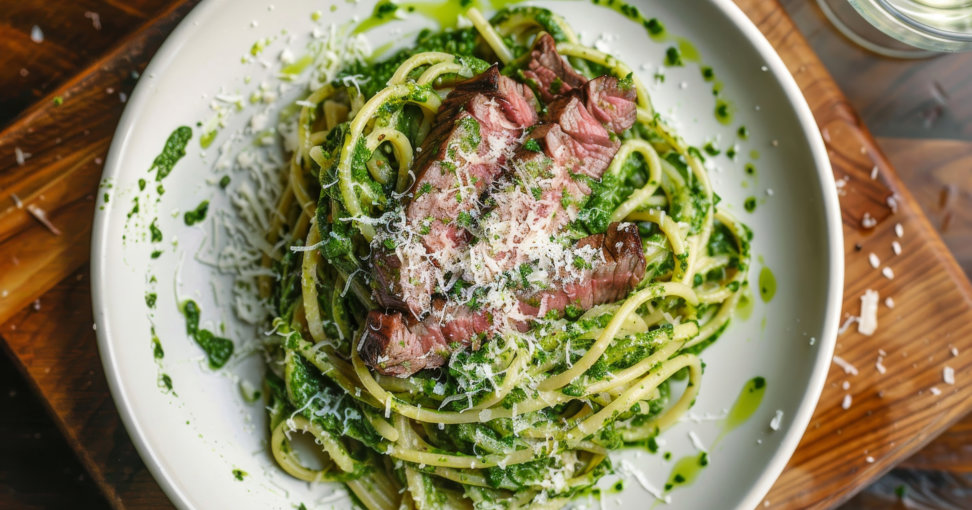Influence that Peruvian cuisine received from Italy

Early italians in Peru
Although the most significant wave of Italian migration occurred between 1840 and 1880, Italians had arrived in Peru long before. During Pizarro’s time, Florentines, Venetians, and Genoese were already making their way to the country. In 1806, the first Italian chef officially recorded in the Viceroyalty, Giuseppe Coppola—a Neapolitan cook—arrived in Lima to serve Viceroy Abascal. He led the banquet on July 28, 1821, following the proclamation of independence, and in 1840, he opened a tavern in Lima where patrons could enjoy his cuisine.
Italian migration and agricultural contributions
In the 19th century, many Italians—mainly from the Liguria region (Genoa)—engaged in agriculture and commerce. They introduced crops that are now staples in Peruvian cooking, such as:
Swiss chard
Spinach
Cabbage and cauliflower
Broccoli
Zucchini
Eggplant
Basil
They also brought essential ingredients like pasta, cheese, and olive oil, which blended with local ingredients such as ají peppers, corn, and seafood. Italians also introduced new ways of preparing breads and desserts, many of which remain part of Peruvian cuisine today.
Panettone: A lasting legacy
One of the most popular contributions is the Genoese panettone, a mildly leavened sweet bread. This eventually evolved into the modern Milan-style panettone made with candied fruits, now widely consumed during Peru’s Christmas celebrations. Italian bakeries also sold a special bread filled with coarse salt in the center.
Transformation of italian dishes in Peru
Italian cuisine blended with local ingredients and flavors, transforming traditional dishes:
Torta pascualina took on a Peruvian twist with pecans.
Trippa alla fiorentina evolved into mondonguito a la italiana.
Minestrone soup incorporated local products.
Polenta, ragù, fugazza, and pizzas (with or without tomato) found a home on Peruvian tables.
The tomato, introduced in these preparations, became essential for sauce-making.
The birth of “Fideos Verdes” and the rise of pasta
Basil, an herb brought by Italians, was used to create fideos verdes, a Peruvian adaptation of pesto. By 1878, the twelve existing pasta factories in Lima were all owned by Italians. The oldest was the Santa Clara factory. Dishes like noodles with tomato sauce, pesto, and even with salsa huancaína are products of this cultural fusion.
Italian grapes and beverages
Another key contribution was grape cultivation. One notable variety is Moscatello Bianco di Alessandria, locally known as Uva Italia, used to make Pisco Italia in the valleys of Ica and Chincha. These liquors were served in traditional Italian bars like Bar Cordano and Taberna Queirolo.
Ice Cream and Chocolate: Italian Sweets in Lima
Italian Pietro D’Onofrio, who arrived in Lima in 1897, founded an ice cream factory and, in 1929, the country’s first chocolate factory, introducing new techniques. The El Tigre chocolate factory, founded by Mr. Rabetino, also emerged during this period.
Notable italians in Peru
The Italian community in Peru included prominent figures such as:
Girolamo Benzoni, chronicler of the conquest of Peru.
Antonio Ricardo, who opened the first printing press in Lima in 1580.
Camile Nicola Caracciolo, an Italian viceroy in 1716 who promoted the University of San Marcos.
Antonio Raimondi, renowned naturalist and author of the famous work El Perú.
Current legacy in Peruvian cuisine
Today, Italian influence remains alive in Peruvian cuisine through dishes like:
Various forms of noodles
Ravioli
Lasagna
Spaghetti
Risottos
Pizzas
Tomato and pesto sauces
The fusion of Italian tradition with Peruvian flavors has created a rich culinary heritage that continues to evolve. The impact of Italian migration in Peru goes far beyond the mere introduction of ingredients or recipes. It represents a deep and lasting integration that enriched the country’s culinary identity by merging the best of two food cultures. The arrival of ingredients like basil, olive oil, different types of pasta, and tomato forever changed the way food is cooked and enjoyed in many regions of Peru.
Moreover, Peruvian creativity successfully adapted dishes like pascualina, minestrone, or mondonguito, giving them a unique local character while preserving their original essence. This fusion also extended into the food industry, with the establishment of pasta, ice cream, and chocolate factories that modernized local consumption. Even beverages like Pisco Italia, made from a grape brought by Italians, reflect the deep mark they left.
Today, dishes like fideos verdes, lasagna, risotto, and pizza are part of the everyday menu in Peruvian households, reminding us that cuisine is, above all, a space for cultural exchange. The Italian heritage lives on at every Peruvian table—a continuous celebration of diversity, flavor, and shared tradition.
SOURCE:
Cocina Peruana: Historia, Cultura y Sabores, Autor: Sara Beatriz Guardia, USMP